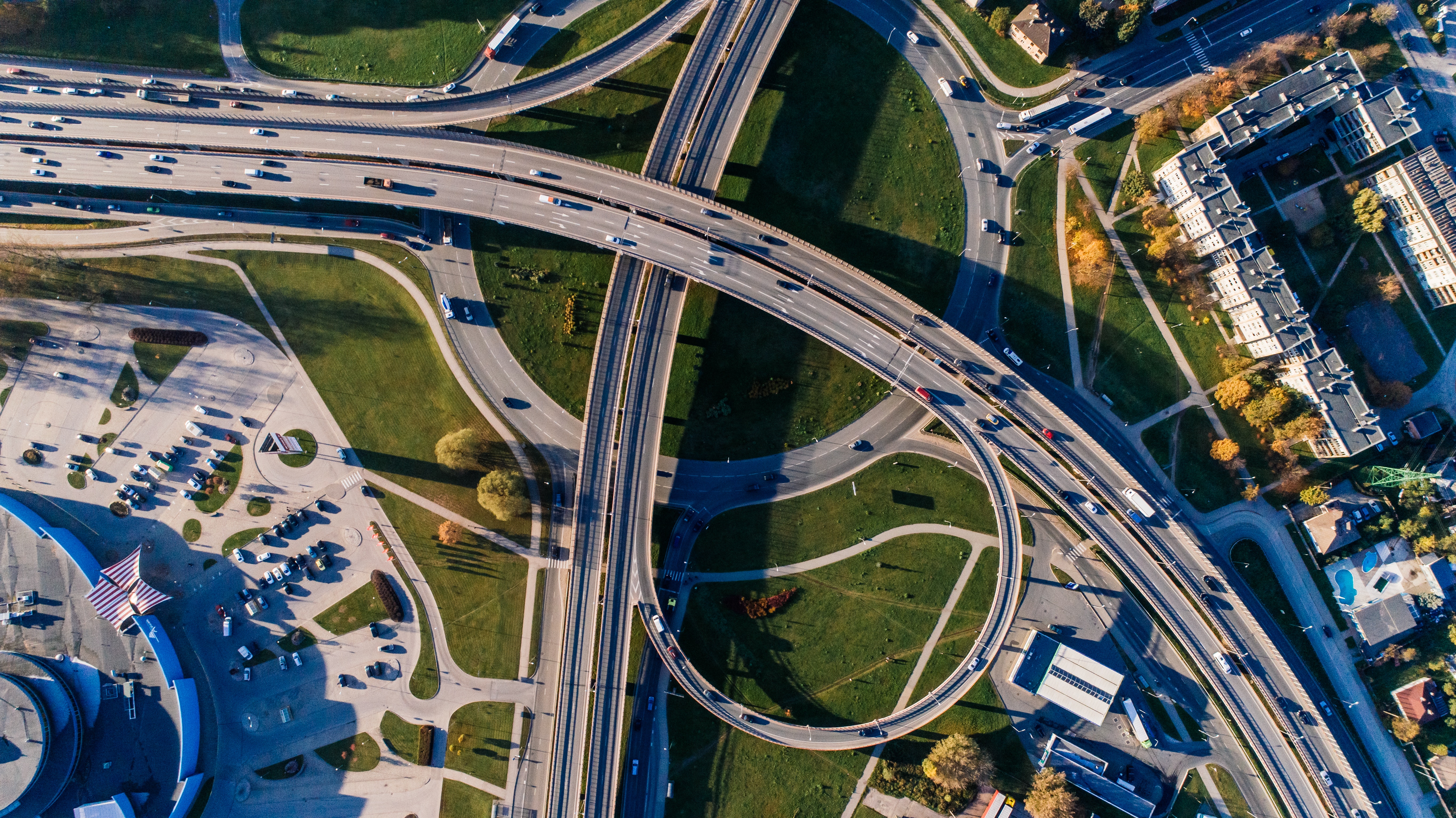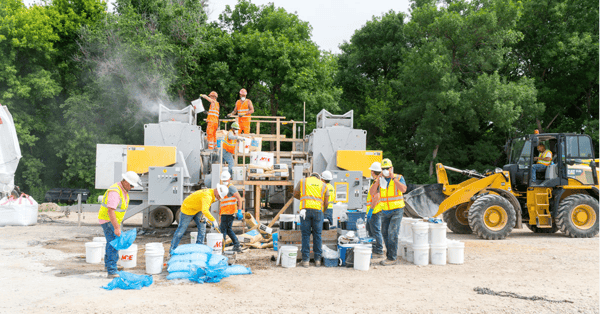
Article updated on 9/25/2019.
The number of structurally deficient bridges in the U.S. has created a significant public safety issue, and American drivers now cross over these structures about 175 million times on a daily basis. The American Road and Transportation Builders Association (ARTBA) was founded in 1902 to assist the growth of our nation’s infrastructure. As an “industry leader in the safety arena,” ARTBA advocates for necessary improvements and conducts research such as the annual ARTBA Bridge Report. Unfortunately, there is much room for improvement when it comes to our infrastructure. Costs have continued to rise, and though the FAST Act was authorized to provide predictability for funding infrastructure projects, the industry is still impacted by spending and tight budgets.
Options for Raising Grades in Bridges
Despite financial restrictions, the challenge and responsibility of improving our bridges remains. The 2018 U.S. Transportation Construction Market Forecast reinforces this sentiment by stating that, “repairing and replacing the nation’s bridges continues to be a priority for state and local governments.” Many DOT and design engineers who use traditional methods are faced with deciding whether to replace or rehabilitate structurally deficient bridges, with many of these structures having been built almost 70 years ago. Innovative concrete technology is necessary to repair bridges that are reaching, or even exceeding, their lifespan, while also providing longevity and cost-effective solutions.

Factors to Consider When Replacing or Rehabilitating Bridges
COST
While bridges that require routine maintenance or preservation cost the least, these repairs do not address structures that are structurally deficient or functionally obsolete. Rehabilitation tends to result in less spending than replacing or rebuilding a bridge, though the condition and inspection of bridges ultimately drive the repair method to consider. Many DOT and design engineers that use traditional construction methods are faced with the possibility that old substructures in rehabilitation projects may result in the need for additional repairs in the future. Furthermore, it is important to consider what the remaining service life of a bridge is, as this may lead to additional spending.
TIME
According to ARTBA, it would take 37 years to remedy the current deficient infrastructure issues in the United Stated. A single bridge replacement project can last from 9 months to 24 months during the construction phase. The design phase can add another 9 months plus to the schedule. Much of that duration is due to traditional construction methods, such as the long removal, forming, placing and curing times for cast-in-place conventional concrete.
SAFETY
Unanticipated collapses are unavoidable without proper action. By rehabilitating or replacing bridges, structures are able to be up to code and require less maintenance in the near future. Accelerated Bridge Construction uses innovative technology to improve our infrastructure while reducing costs and time spent on projects. However, Saeedi (2013) states that despite these benefits, “it is difficult for transportation specialists to quantify the risks and benefits of specific bridge replacement or rehabilitation projects.”
Conclusion
Our aging infrastructure needs innovative solutions to address the significant safety concerns that continue to arise. ARTBA states in their 2018 U.S. Transportation Construction Market Forecast that the, “use of prefabricated components or other processes or technologies significantly reduces the time spent constructing a bridge from years to days.” UHPC Solutions specializes in Accelerated Bridge Construction and Ultra-High Performance Concrete to effectively solve deteriorating infrastructure problems. We are well-equipped to meet future challenges and are ready to collaborate with you to meet today’s infrastructure needs.


